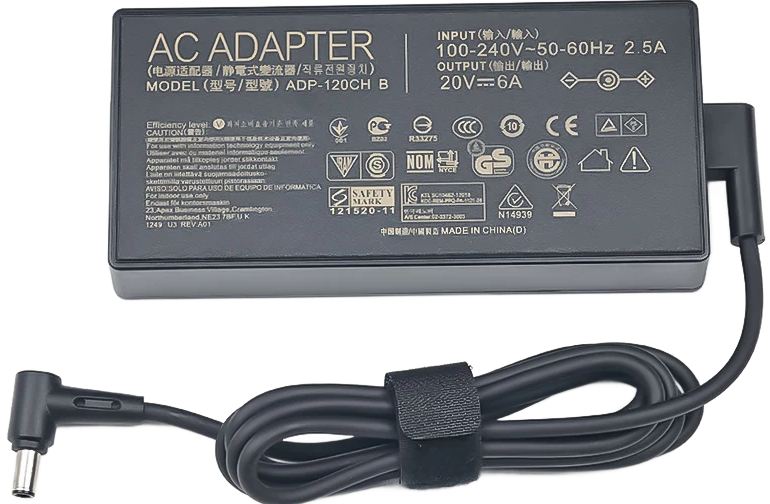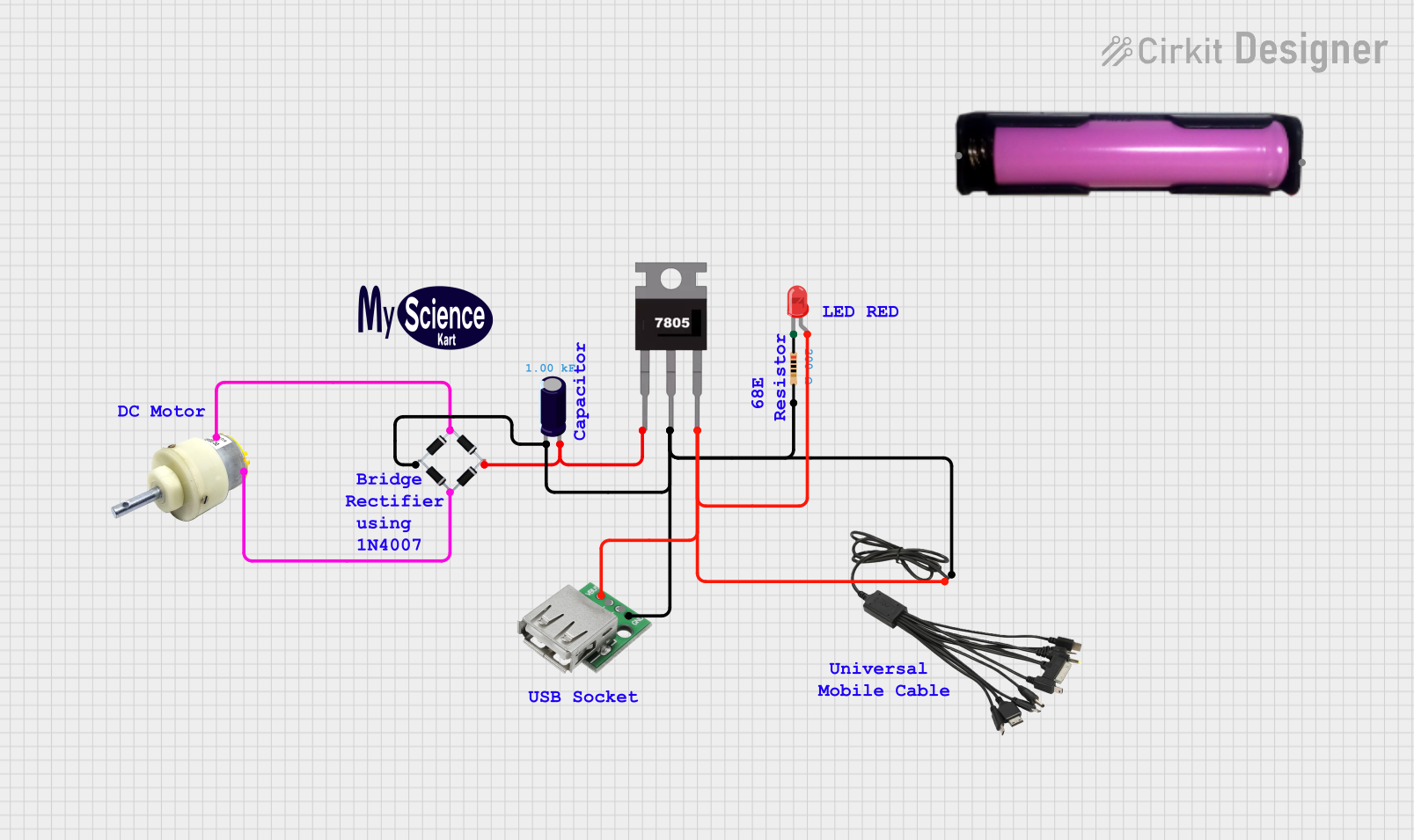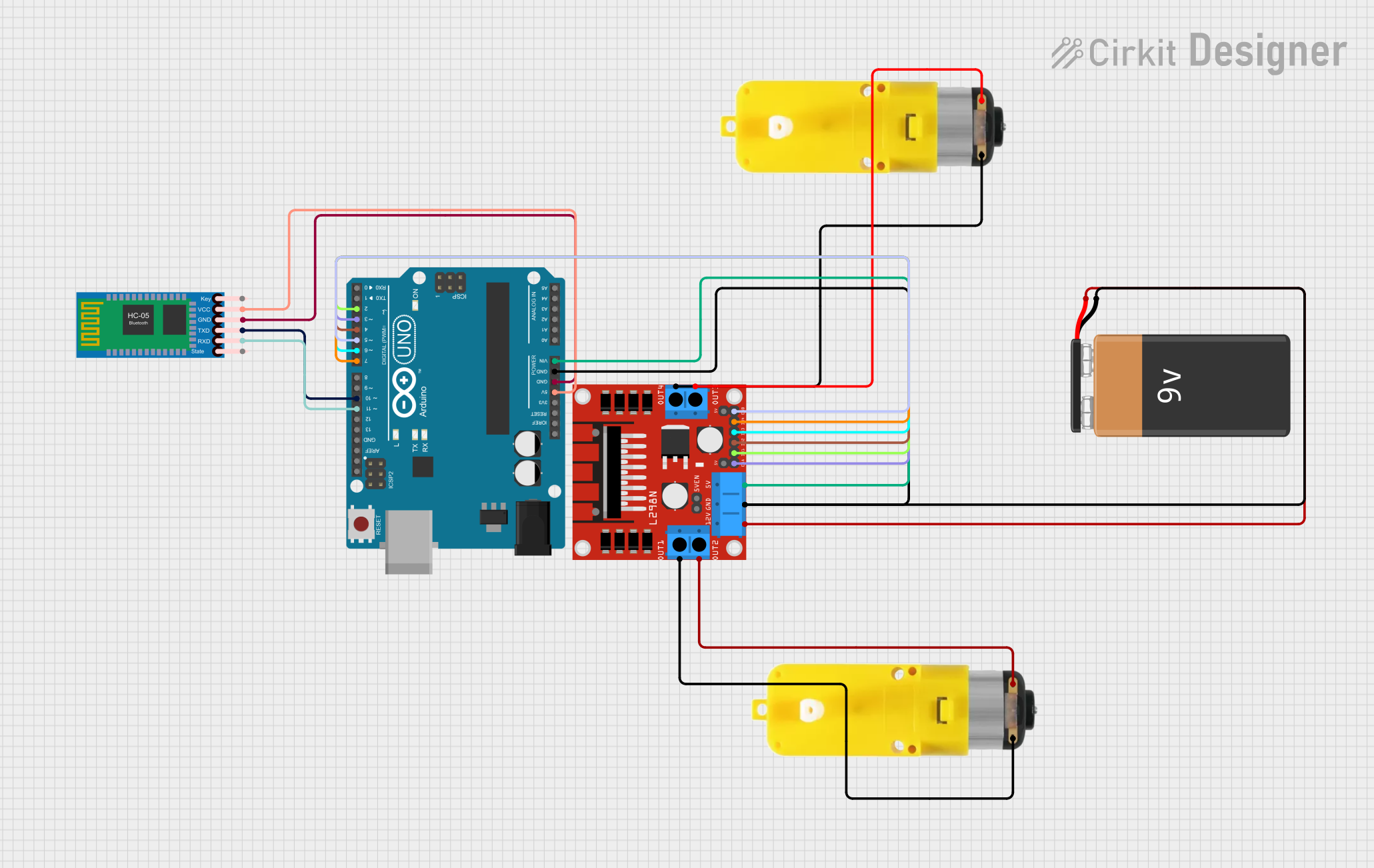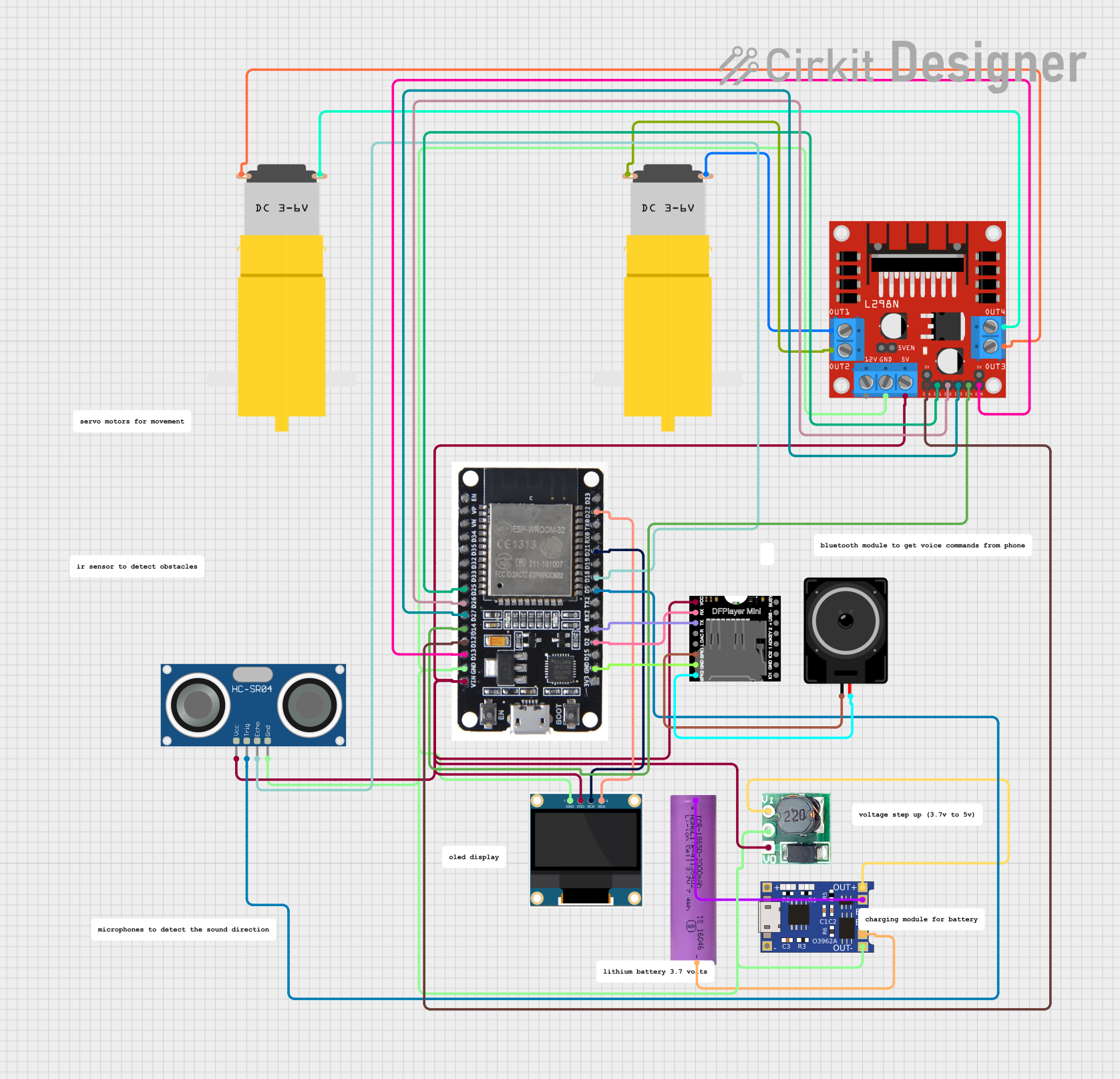
How to Use Cargador : Examples, Pinouts, and Specs

 Design with Cargador in Cirkit Designer
Design with Cargador in Cirkit DesignerIntroduction
The Cargador is a versatile device used to supply electrical energy to recharge batteries or power electronic devices. It is an essential component in various applications, ranging from consumer electronics to industrial equipment. The Cargador ensures that your devices remain operational by providing a reliable power source.
Explore Projects Built with Cargador

 Open Project in Cirkit Designer
Open Project in Cirkit Designer
 Open Project in Cirkit Designer
Open Project in Cirkit Designer
 Open Project in Cirkit Designer
Open Project in Cirkit Designer
 Open Project in Cirkit Designer
Open Project in Cirkit DesignerExplore Projects Built with Cargador

 Open Project in Cirkit Designer
Open Project in Cirkit Designer
 Open Project in Cirkit Designer
Open Project in Cirkit Designer
 Open Project in Cirkit Designer
Open Project in Cirkit Designer
 Open Project in Cirkit Designer
Open Project in Cirkit DesignerCommon Applications and Use Cases
- Consumer Electronics: Charging smartphones, tablets, and laptops.
- Industrial Equipment: Powering tools and machinery.
- Automotive: Charging car batteries and powering in-car electronics.
- Renewable Energy Systems: Charging batteries from solar panels or wind turbines.
Technical Specifications
The following tables provide detailed technical specifications and pin configurations for the Cargador.
Key Technical Details
| Parameter | Value |
|---|---|
| Input Voltage | 100-240V AC |
| Output Voltage | 5V, 9V, 12V, 19V DC |
| Output Current | 1A, 2A, 3A, 5A |
| Power Rating | Up to 100W |
| Efficiency | >85% |
| Operating Temperature | -10°C to 50°C |
| Storage Temperature | -20°C to 70°C |
| Dimensions | 100mm x 50mm x 30mm |
| Weight | 150g |
Pin Configuration and Descriptions
| Pin Number | Pin Name | Description |
|---|---|---|
| 1 | AC_L | AC Live input |
| 2 | AC_N | AC Neutral input |
| 3 | GND | Ground |
| 4 | Vout+ | Positive DC output |
| 5 | Vout- | Negative DC output |
| 6 | LED | Status LED indicator (optional) |
Usage Instructions
How to Use the Cargador in a Circuit
Connect the AC Input:
- Connect the AC_L pin to the live wire of the AC power source.
- Connect the AC_N pin to the neutral wire of the AC power source.
Connect the DC Output:
- Connect the Vout+ pin to the positive terminal of the device or battery.
- Connect the Vout- pin to the negative terminal of the device or battery.
Grounding:
- Ensure the GND pin is connected to the ground of the circuit to avoid any potential differences.
Status LED (Optional):
- If using the status LED, connect it to the LED pin to monitor the charging status.
Important Considerations and Best Practices
- Voltage Matching: Ensure the output voltage of the Cargador matches the voltage requirements of the device or battery being charged.
- Current Rating: Verify that the Cargador's current rating is sufficient for the device or battery to prevent overheating or damage.
- Heat Dissipation: Place the Cargador in a well-ventilated area to allow for proper heat dissipation.
- Polarity: Double-check the polarity of the connections to avoid damaging the device or battery.
Troubleshooting and FAQs
Common Issues Users Might Face
No Output Voltage:
- Solution: Check the AC input connections and ensure the power source is active. Verify that the Cargador is not damaged.
Overheating:
- Solution: Ensure the Cargador is not overloaded. Check for proper ventilation and reduce the load if necessary.
LED Not Lighting Up:
- Solution: Verify the LED connections. Ensure the LED is functional and correctly oriented.
Device Not Charging:
- Solution: Check the output voltage and current ratings. Ensure they match the device's requirements. Verify the connections and polarity.
FAQs
Q1: Can I use the Cargador to charge different types of batteries?
- A1: Yes, the Cargador can charge various types of batteries, provided the output voltage and current ratings match the battery specifications.
Q2: Is the Cargador compatible with Arduino UNO?
- A2: Yes, the Cargador can be used to power an Arduino UNO. Ensure the output voltage is set to 5V and the current rating is sufficient.
Q3: How do I know if the Cargador is working correctly?
- A3: The status LED (if connected) will indicate the charging status. Additionally, you can measure the output voltage with a multimeter.
Q4: Can I use the Cargador in outdoor environments?
- A4: The Cargador is designed for indoor use. If outdoor use is necessary, ensure it is protected from moisture and extreme temperatures.
Example Code for Arduino UNO
Below is an example code to use the Cargador with an Arduino UNO to power an LED.
// Example code to power an LED using the Cargador and Arduino UNO
const int ledPin = 13; // Pin connected to the LED
void setup() {
pinMode(ledPin, OUTPUT); // Set the LED pin as an output
}
void loop() {
digitalWrite(ledPin, HIGH); // Turn the LED on
delay(1000); // Wait for 1 second
digitalWrite(ledPin, LOW); // Turn the LED off
delay(1000); // Wait for 1 second
}
In this example, the Cargador provides power to the Arduino UNO, which in turn controls an LED connected to pin 13. The LED will blink on and off every second.
This documentation provides a comprehensive guide to understanding, using, and troubleshooting the Cargador. Whether you are a beginner or an experienced user, this guide aims to help you make the most of this essential electronic component.